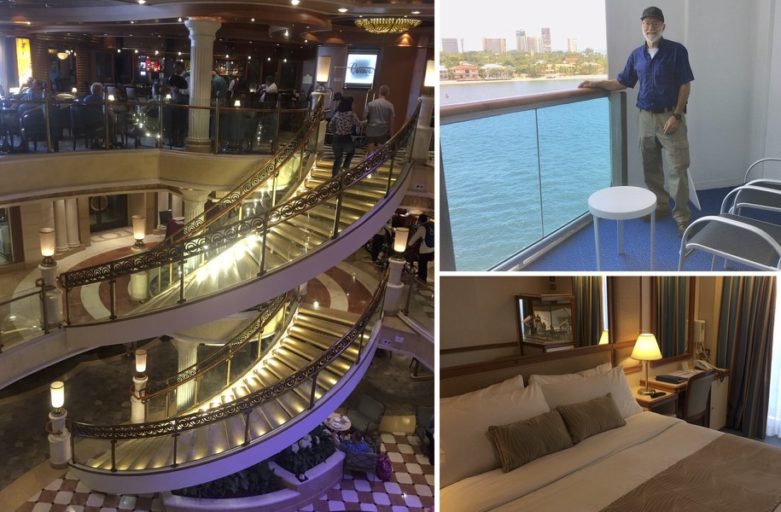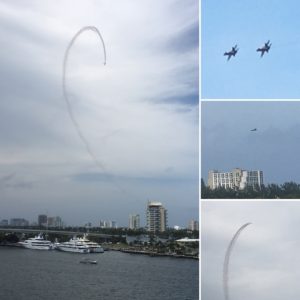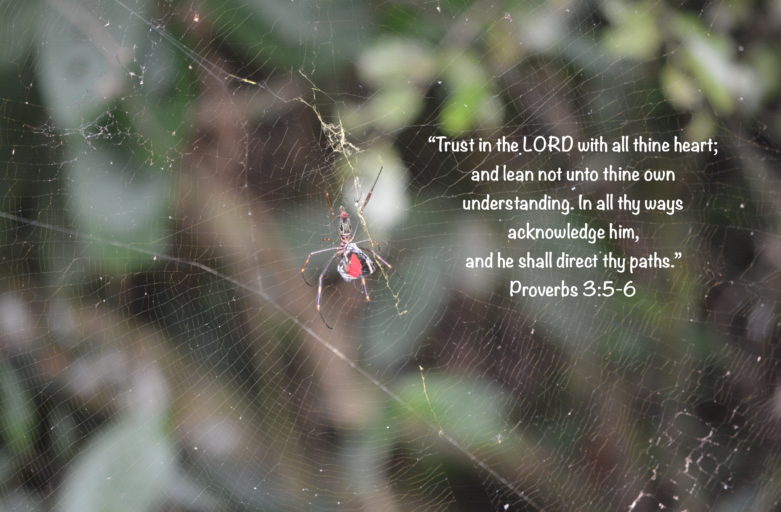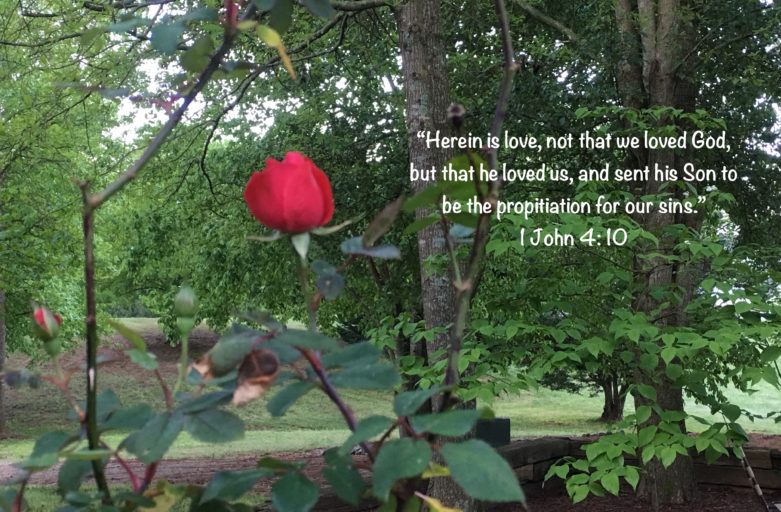“…Lead me to the rock that is higher than I.” Psalm 61:2b
Gibraltar is an overseas territory of the United Kingdom and has been so since 1704 when the British defeated Spain in the War of Spanish Succession. Gibraltar is located on the southern tip of the Iberian Peninsula, and lies at the entrance to the Mediterranean Sea. It is a very small country (less than 3 square miles), but very diverse in its population of 30,000. The famous Rock of Gibraltar is the limestone sentinel that stands watch over the Straits of Gibraltar, the waterway link between the Atlantic Ocean and Mediterranean Sea. Located at the southernmost peak of Gibraltar, Europa Point is the “end of Europe.” From here you can see northern Africa and Spain. According to Greek legend, Hercules held on to Gibraltar, the “pillars of Hercules,” when he pulled Africa and Spain apart.

On the bottom photo, the mountains of Morocco are visible on the left, and on the right is Spain.
St. Michael’s Cave is a limestone formation with many huge stalagmites and stalactites throughout it. Illuminated by colored lights, it gives a surreal feeling to a “naturally formed” cave. The cave opens up into a huge amphitheater which is actually used for musical concerts!

Perhaps one of the most well known attractions in Gibraltar are the Barbary Apes. They are not really apes at all, but instead they are tail-less monkeys! They are actually named the Barbary Macaques. No one really knows how they got here, but there are about 250 roaming freely in Gibraltar. One unusual fact about the Barbary apes is that the fathers help care for their young! Winston Churchill is known for saying that as long as there were the monkeys on Gibraltar, it would remain in the British empire.

The Gibraltar airport has its main and only runway crossed by a city street and pedestrian walkway. The airport is considered the 4th most dangerous airport in the world because westerly winds create increased turbulence here. If after three attempts, a plane cannot land due to the turbulence, it is redirected to Malaga, Spain for landing, and the passengers are then shuttled back to Gibraltar.

Clockwise from top-left: airport control tower; standing on the runway; on runway with “The Rock” behind us; a “plane” landing
Next stop: Marseilles, France
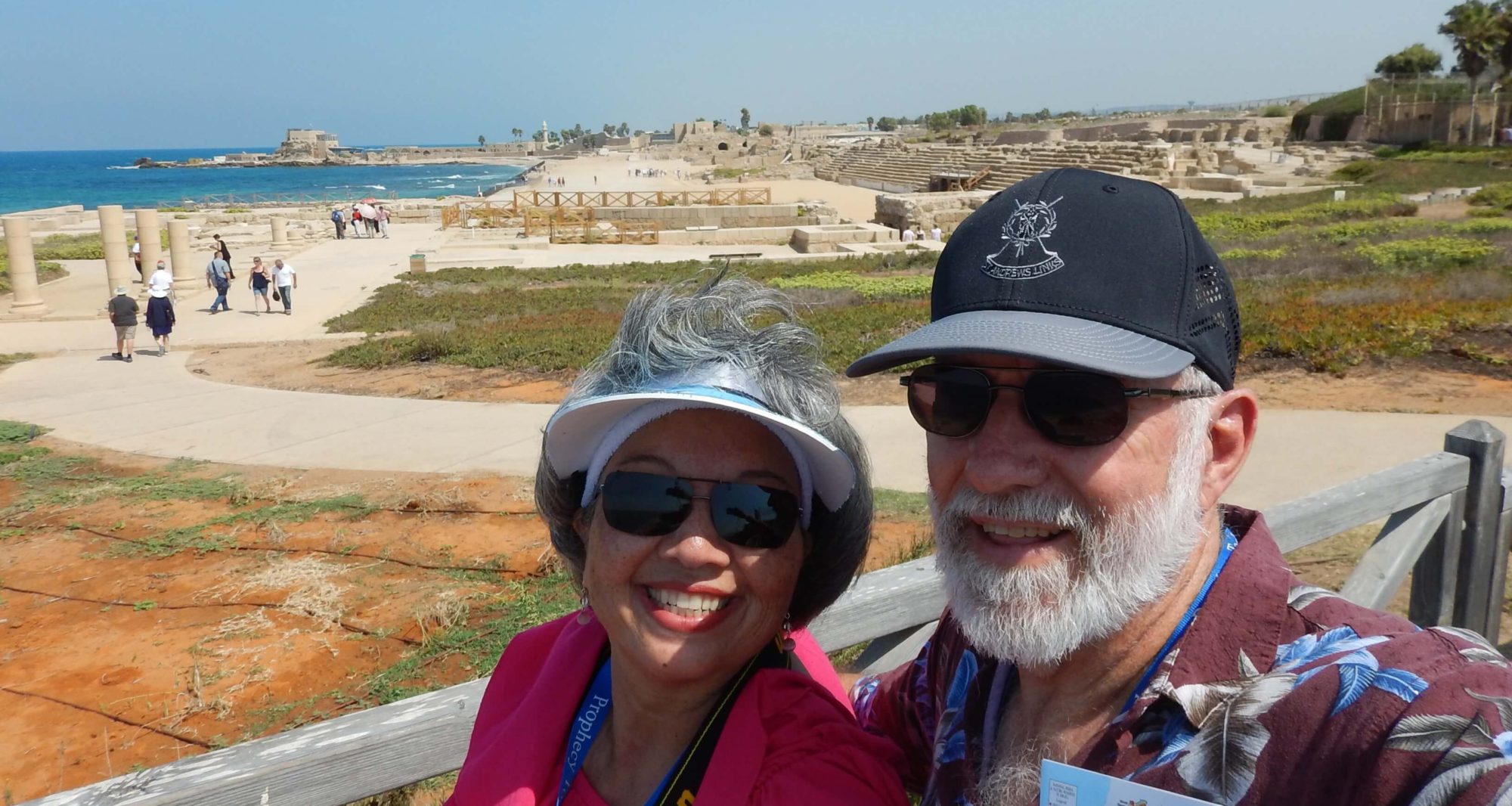





 Malaga beach (top), countryside (bottom left), olive trees (bottom right)
Malaga beach (top), countryside (bottom left), olive trees (bottom right) The Sierra Nevada mountains can be seen beyond a grove of olive trees.
The Sierra Nevada mountains can be seen beyond a grove of olive trees. From top-left, clockwise: Royal Chapel sign, Top of mausoleums, actual remains inside the tomb, Isabella’s crown and scepter
From top-left, clockwise: Royal Chapel sign, Top of mausoleums, actual remains inside the tomb, Isabella’s crown and scepter Cathedral exterior
Cathedral exterior Clockwise from top-left: King Ferdinand (father of Spain) praying below Adam (father of mankind); stained glass; marble pillars; Queen Isabella (mother of Spain) praying below Eve (mother of mankind); altar area; alcove
Clockwise from top-left: King Ferdinand (father of Spain) praying below Adam (father of mankind); stained glass; marble pillars; Queen Isabella (mother of Spain) praying below Eve (mother of mankind); altar area; alcove
 Clockwise from top-left: steep, cobbled road up to viewpoint; restaurant; shot; detail of cobblestoned road; another shop
Clockwise from top-left: steep, cobbled road up to viewpoint; restaurant; shot; detail of cobblestoned road; another shop



























